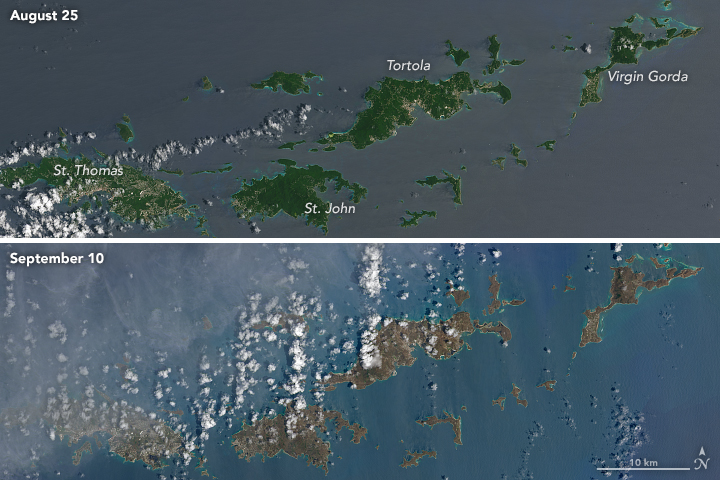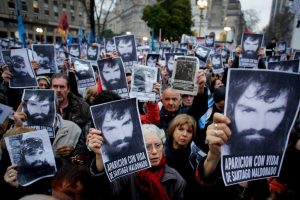A team of underwater archeologists believe they have found a cannonball from a Spanish ship called the “San Francisco” that sank off the coast of Japan in 1609.[1] The Spanish merchant vessel was believed to be transporting valuable trading goods from the Philippines to Mexico that sank when a storm drove the boat into reefs off Chiba province.[2] Dr Jun Kimura from Tokai University has been leading a team of marine archeologists who have been searching for the San Francisco in waters off Iwawada in Chiba prefecture.[3] The cannonball was discovered by Ian McCann, an Australian researcher at the University of New England, during a deep dive around 130 feet below the ocean surface.[4] Dr Kimura told the BBC “We were in dark, murky waters, Ian just saw an unusual shape on the sandy bed- he recovered it but then we had to go back to the surface as our air had nearly run out.” The team of archeologists and the experts they consulted were “almost certain” it was a cannonball from the San Francisco because it was like cannonballs found in other Spanish trading ships in the Philippines.[5] However, they will be carrying out a chemical analysis to confirm this.
McCann told the BBC: “A cannonball may not sound like much but it indicates the general vicinity where the vessel went down. It is the only Spanish Manila galleon that has not been plundered by treasure hunters,” he also said the trading vessels “carried fabulously valuable cargo… by today’s value the cargo may have had a value of around $80m.” This project is the first scientific mission to search for the San Francisco shipwreck and its funded by the Japanese government.[6] A piece of timber was also found in the area and believed to be related to the shipwreck and further expeditions have been planned to be conducted in the area in early 2018.[7]
The San Francisco shipwreck was of “historical importance because it impacted the relationship between Spain, the Philippines, Mexico and Japan,” said Dr Kimura. The ship had been carrying goods from the Philippines to Mexico, which were both Spanish colonies at the time. Aboard the ship was the governor of the Philippines Don Rodrigo de Vivero Velasco.[8] Mr Velasco, who survived the ships sinking, detailed the account in a book, writing: “the Ship was getting destroyed in pieces among some cliffs on the head of Japan… all of us survivors were over the riggings and ropes, because the galleon was getting broken piece by piece.” Hundreds of people survived the shipwreck, and were treated well, thanks to Velasco’s good relations with the Japanese.[9] They eventually successfully sailed back to Mexico, with several Japanese representatives, on the first western-style ship ever built in Japan.[10] “They were the first Japanese ever to cross the pacific and the Spanish king highly appreciated what Japan had done for the survivors, so diplomatic exchanges between Japan and Spain started,” said Dr Kimura. This article pertains to our class themes about the linkage and colonization of the New world from the Old. Discovering shipwrecks provide a unique insight into the different cultural and economic relations that were going on at the time. The shipwreck of the San Francisco happened in 1609, as the Spanish empire was rapidly expanding and establishing new trade routes around the world. If the San Francisco ship wreckage was found it would provide a rare glimpse into the colonial economic framework of the time. It was seafaring voyages such as this one that ultimetly shaped and defined the world as we know it today.

[1] “San Francisco shipwreck: Divers find cannonball clue.” BBC News. November 13, 2017. Accessed November 14, 2017. http://www.bbc.com/news/world-asia-41965080.
[2] “San Francisco shipwreck: Divers find cannonball clue.” BBC News. November 13, 2017. Accessed November 14, 2017. http://www.bbc.com/news/world-asia-41965080.
[3] “San Francisco shipwreck: Divers find cannonball clue.” BBC News. November 13, 2017. Accessed November 14, 2017. http://www.bbc.com/news/world-asia-41965080.
[4] “San Francisco shipwreck: Divers find cannonball clue.” BBC News. November 13, 2017. Accessed November 14, 2017. http://www.bbc.com/news/world-asia-41965080.
[5]“San Francisco shipwreck: Divers find cannonball clue.” BBC News. November 13, 2017. Accessed November 14, 2017. http://www.bbc.com/news/world-asia-41965080.
[6] “San Francisco shipwreck: Divers find cannonball clue.” BBC News. November 13, 2017. Accessed November 14, 2017. http://www.bbc.com/news/world-asia-41965080.
[7] “San Francisco shipwreck: Divers find cannonball clue.” BBC News. November 13, 2017. Accessed November 14, 2017. http://www.bbc.com/news/world-asia-41965080.
[8] “San Francisco shipwreck: Divers find cannonball clue.” BBC News. November 13, 2017. Accessed November 14, 2017. http://www.bbc.com/news/world-asia-41965080.
[9] “San Francisco shipwreck: Divers find cannonball clue.” BBC News. November 13, 2017. Accessed November 14, 2017. http://www.bbc.com/news/world-asia-41965080.
[10] “San Francisco shipwreck: Divers find cannonball clue.” BBC News. November 13, 2017. Accessed November 14, 2017. http://www.bbc.com/news/world-asia-41965080.






